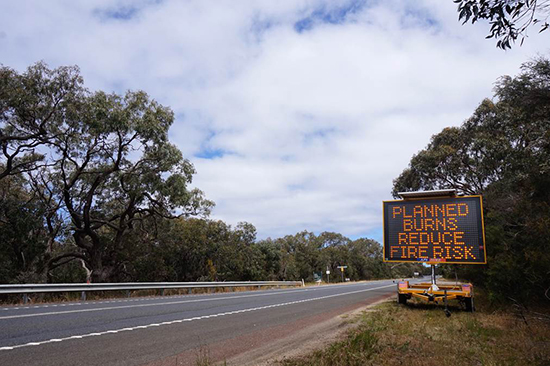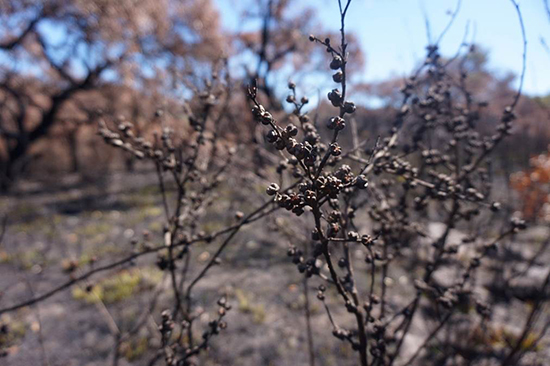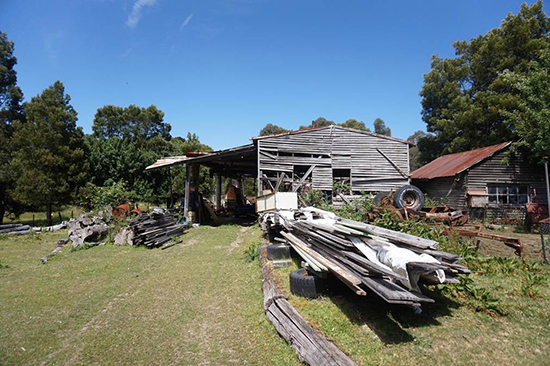Scientific Diversity, Scientific Uncertainty and Risk Mitigation Policy and Planning
This project is focussing on how a better understanding of the role of science in decision-making will help industry articulate and defend decisions to the community, media, inquiries and elsewhere, and, better frame information and advice on how scientists and professionals communicate. The project has four components: exploring how people have different understandings of the science of flood and bushfire risk; a focus on flood and bushfire mitigation activities in urban, peri-urban and rural locales in southeast Australia; considering bushfire and flood risk across the spectrum of Prevent, Prepare, Respond and Recover, with an emphasis on mitigation activities; and informing bushfire and flood mitigation practice, policy and planning, and engaging with the experiences of practitioners.
Researchers: Dr Jessica Weir (ICS), Dr Liz Clarke, Dr Timothy Neale (Deakin University, previously ICS), Associate Professor Michael Eburn (ANU), Professor Stephen Dovers (ANU), Dr Josh Wodak (UNSW), Professor John Handmer (RMIT), Dr Christine Hansen (University of Gothenburg), Associate Professor Tara McGee (University of Alberta)
Funding: Bushfire and Natural Hazards Cooperative Research Centre (opens in a new window)
Partner: Fenner School of Environment and Society (opens in a new window), The Australian National University
Period: 2014-2022
Project website (opens in a new window)
» Fact sheet (opens in a new window) (PDF,731KB)

Overview
This project is focussing on how a better understanding of the role of science in decision-making will help industry articulate and defend decisions to the community, media, inquiries and elsewhere, and, better frame information and advice on how scientists and professionals communicate.
A better understanding of the role of science in decision-making will help industry articulate and defend decisions to the community, media, inquiries and elsewhere, and, better frame information and advice on how scientists and professionals communicate.
The project has four components:
- Exploring how people have different understandings of the science of flood and bushfire risk.
- A focus on flood and bushfire mitigation activities in urban, peri-urban and rural locales in southeast Australia. This will include sites where flood and fire risk are combined, such as catchment and riparian vegetation management upstream and downstream of large metropolitan water storages.
- Considering bushfire and flood risk across the spectrum of Prevent, Prepare, Respond and Recover, with an emphasis on mitigation activities
- Informing bushfire and flood mitigation practice, policy and planning, and engaging with the experiences of practitioners.
For further information see the Bushfire and Natural Hazards Cooperative Research Centre website (opens in a new window).
Publications
Wodak, J & Neale, T 2015, 'A critical review of the application of environmental scenario exercises' (opens in a new window), Futures, vol. 73, pp. 176-186.
Neale, T & Weir, J 2015, 'Navigating scientific uncertainty in wildfire and flood risk mitigation: a qualitative review' (opens in a new window), International Journal of Disaster Risk Reduction, vol. 13, pp. 255–265.
Neale, T 2015, Scientific knowledge and scientific uncertainty in bushfire and flood risk mitigation: literature review
(opens in a new window)(PDF, 2.47 MB). Bushfire and Natural Hazards Cooperative Research Centre.
Neale, T & Weir, J 2015, Scientific uncertainty and risk mitigation policy and planning project: annual report 2014 (opens in a new window)(PDF, 299 KB). Bushfire and Natural Hazards
style="line-height: 15.6000003814697px;">
Cooperative Research Centre
Wodak, J 2014, Scientific diversity, scientific uncertainty and risk mitigation policy and planning: scenario exercise literature review (opens in a new window)(PDF, 3.49MB). University of Western Sydney.


Photos on this page: In November and December 2014, Dr Timothy Neale conducted fieldwork in the Barwon Otway region of southwestern Victoria, interviewing practitioners and decision-makers engaged in bushfire risk mitigation. The Barwon Otway region is the first case study of the Scientific Diversity, Scientific Uncertainty and Risk Mitigation Policy and Planning project.




